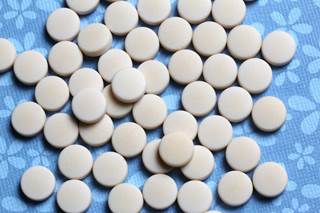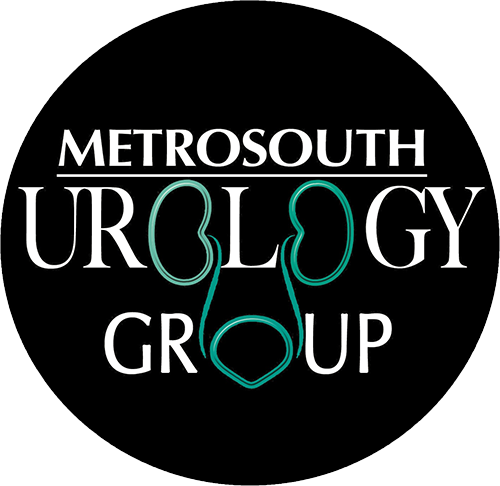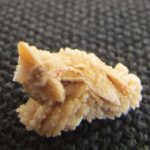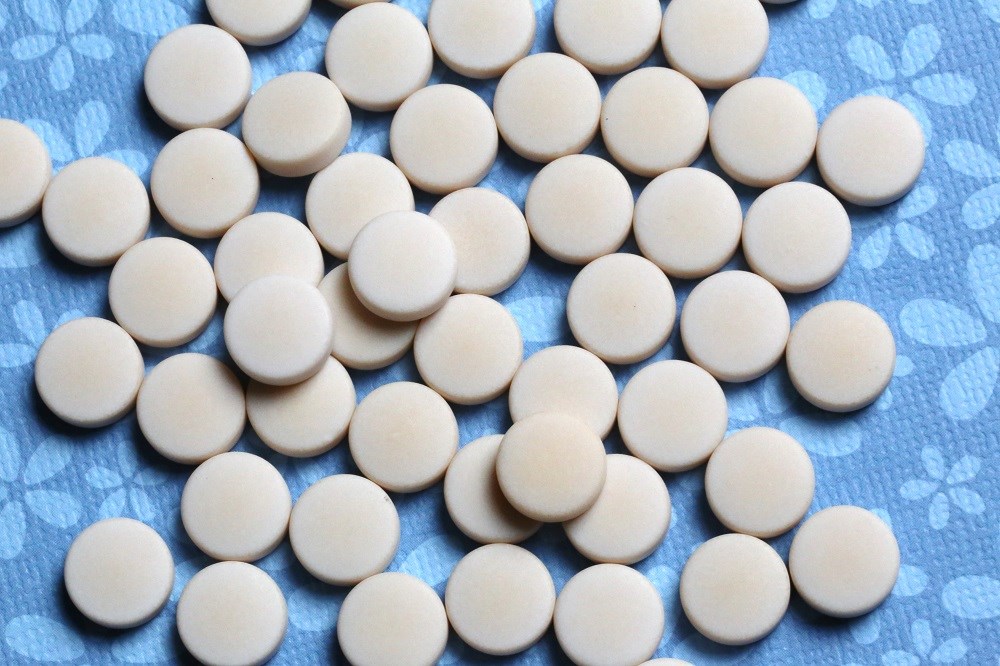
White oral medication.
| The following article is part of conference coverage from the 2018 American Urological Association meeting in San Francisco. Renal and Urology News’ staff will be reporting live on medical studies conducted by urologists and other specialists who are tops in their field in kidney stones, prostate cancer, kidney cancer, bladder cancer, enlarged prostate, and more. Check back for the latest news from AUA 2018. |
SAN FRANCISCO—Ketorolac is more effective than narcotics in the management of renal colic in the emergency department (ED), yet narcotics remain a common the first-line treatment, according to study findings presented at the American Urological Association 2018 annual meeting.
Traditionally, renal colic, or stone pain, has been controlled by narcotics in the ED, as there were no good alternatives until the development of ketorolac in the early 1990s, lead investigator Andrew J. Portis, MD, of HealthEast Kidney Stone Institute (HKSI) in St. Paul, Minnesota, explained. Research has repeatedly shown ketorolac to be more effective than opioids for both pain management and avoiding opioid-related side effects, such as nausea and disorientation. Yet, the new study, which assessed treatment patterns of ED physicians in a major US metropolitan hospital, showed that traditional narcotic-based treatment persisted.
“Now, in our current opioid crisis, attention has refocused on decreasing narcotic utilization,” Dr Portis told Renal & Urology News. “Stone patients are at particularly high risk of opioid dependence because of repeated symptomatic episodes and surgical procedures. Many patients begin their stone experience in the ED, often arriving by ambulance. HKSI initiatives have demonstrated that non-narcotic management after discharge from the ED is both highly effective and associated with superior clinical outcomes, including a 20% decline in surgical intervention.”
Dr Portis and his colleagues studied 1335 ED patients treated for renal colic. Initial medical management consisted of ketorolac alone in 383 patients (29%), opioid alone in 530 patients (40%), and ketorolac and opioid in 423 patients (32%). Ketorolac was more effective than opioids even after accounting for variations in patient-reported initial pain scores and other patient- and stone-related factors. Ketorolac treatment was associated with a shorter length of stay and quicker discharge rate compared with opioid treatment, the investigators reported in a poster presentation. Compared with patients treated with ketorolac only, those treated with opioid only had significant 2-fold increased odds of an ED length of stay more than 3 hours. The investigators observed no significant difference in the odds of an ED length of stay more than 3 hours between patients treated with both ketorolac and an opioid and those treated with ketorolac alone.
Further, patients treated with an opioid alone and ketorolac plus an opioid had significant 4-fold and 2-fold increased odds of hospital admission, respectively, compared with those treated with ketorolac alone. Ketorolac monotherapy was associated with lower use of rescue medications and anti-nausea medications.
Dr Portis advised clinicians to allow enough time for the ketorolac to have an effect—typically 30–45 minutes—before reaching for second-line medications.
“We are optimistic that if non-narcotic approaches can be successful for renal colic, the epitome of acute painful conditions presenting to the ED,” Dr Portis said, “overall narcotic use can be sharply curtailed by transitioning to higher-effectiveness methods, not just by setting limits to patient-requested relief.”
Visit Renal and Urology News’ conference section for continuous coverage from AUA 2018.
Reference
Portis AJ, Jain NN, Portis JG, et al. Non-narcotic emergency management of renal colic improves length of stay and discharge rate. Data presented in poster format at the American Urological Association 2018 annual meeting in San Francisco, May 18–21.





